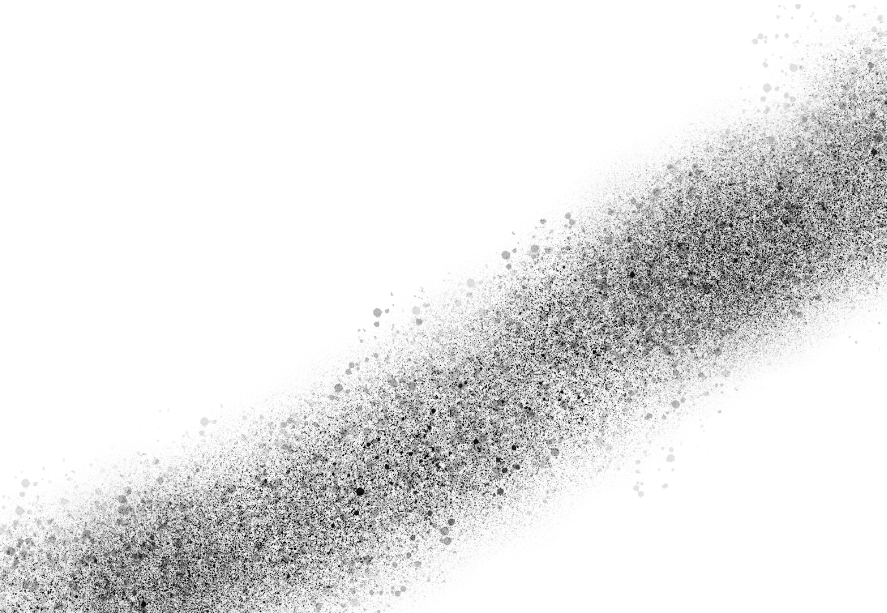Humans litter everywhere, even in outer space. As people leave behind weather satellites, rockets, and gear from the International Space Station (ISS), space trash, or space debris, is quickly becoming a major issue for governments and space organizations.
Space debris include both natural and human-made objects. However, since natural particles such as comets and asteroids, which are made of rock, dust, and gas, tend to orbit around the sun, they are rarely problematic for humans. While 100 tonnes of tiny meteors bombard Earth every day, these space rocks generally burn up as they enter Earth’s atmosphere and rarely survive to hit the surface.
Human-made particles, however, usually orbit around Earth instead and can damage shuttles, endanger astronauts, and interfere with satellites. This type of human-made space trash encompasses any non-functional parts remaining from satellite launches, spacecrafts, and rocket stages, and can also include radioactive material and residual fuel. Some pieces are huge, spanning the length of a football field, while others are the size of a marble.
Since humans have been launching objects into space since the 1960s, there is now an astronomical quantity of debris in space. According to NASA, more than 500,000 pieces of space junk orbit Earth. This number only accounts for the pieces that are tracked, some of which are travelling at 28,000 kilometres per hour—30 times faster than a typical commercial airplane.
“You do not need to be a rocket scientist to understand that if you put something 100 kilometres in orbit, it will stay there forever,” Ram Jakhu, the associate director of McGill’s Centre for Research of Air and Space Law, said in an interview with The McGill Tribune.
Furthermore, rockets are at risk of colliding with space debris, creating an obstacle for the exploration and colonization of outer space.
“[Space debris] are more dangerous than the bullets of a gun,” Jakhu said.
Calling space debris dangerous might seem trivial, as humans often view space as an empty void. However, most of these objects are located very close to the Earth, and some of them cannot be tracked.
These untracked pieces have a high chance of colliding with other objects. The Kessler syndrome describes a scenario in which collisions between debris in close orbit around Earth cause more collisions and debris in the future, thus impeding on satellite communications and space exploration.
Since launching objects in space is extraordinarily expensive, most objects belong to governments, with a few coming from corporations, such as SpaceX’s satellite constellation Starlink. Legal liability becomes a concern as countries become legally responsible if their space debris hits the functional equipment of another nation. Such was the case in 2009 when two communications satellites—one American, and one Russian—collided, spewing debris everywhere.
The legal picture is complicated, though, because state sovereignty means removing another country’s space trash is not an option. Each country must be responsible for its own contribution to the problem.
“You cannot take away other people’s [space] debris,” Jakhu said.
Concerted international action will be necessary if humans are to ever tackle the problem of space trash. After all, the future of humanity might just lie in outer space. Space exploration will be limited if too much debris obstruct the way. Jakhu believes that intentionally creating space debris should legally be considered a crime against humanity. This is difficult, however, because space law exists only in the international sphere; it is not concerned with the domestic laws of individual states.
“[Space trash] is a common problem that needs common solutions [such as international removal efforts] as soon as possible,” Jakhu said.
While the United Nations (UN) Committee on Peaceful Uses of Space (UNCOPUOS) has established a set of guidelines to slow the creation of space trash, more regulations are needed to deal with the debris that already exist. Thus, the work of other UN bodies, research organizations such as the Centre for Research of Air and Space Law, and national governments will be vital.










Hi,
Excellent article. Space pollution is something that has preoccupied me for a while. Could you write an article on the mini-nuclear powered systems that are used to send investigative probes to celestial bodies. Perhaps that is the wrong terminology but spacecraft that use plutonium to travel are nuclear powered.
Regards